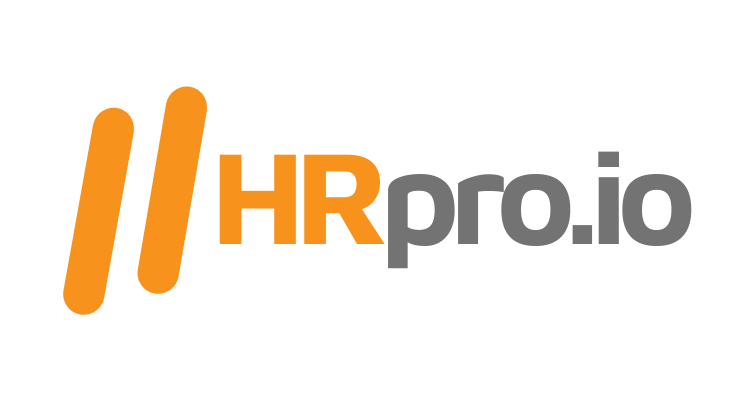In today’s rapidly evolving healthcare landscape, employers are increasingly seeking innovative ways to finance their employee health benefits. Rising costs, regulatory changes, and the need for flexibility have prompted many organizations to explore alternative financing options. This blog post will introduce a spectrum of healthcare financing methods, ranging from traditional fully insured plans to more innovative self-insured models. Understanding these options can help employers make informed decisions that align with their financial goals and workforce needs.
1. Fully Insured Plans
At the beginning of the spectrum, we have fully insured plans. In this traditional model, employers pay a fixed premium to an insurance carrier, which assumes the risk of covering employee healthcare costs. This approach provides predictability in budgeting, as employers know their costs upfront. However, it often comes with limited flexibility and can lead to higher premiums over time, especially as healthcare costs continue to rise.
While fully insured plans may be suitable for smaller organizations or those with less complex healthcare needs, they may not provide the best long-term solution for employers looking to manage costs effectively.
2. Health Reimbursement Arrangements (HRAs) with High-Deductible Health Plans (HDHPs)
Next on the spectrum is the combination of Health Reimbursement Arrangements (HRAs) with High-Deductible Health Plans (HDHPs). This model allows employers to offer a high-deductible plan while providing employees with an HRA to reimburse qualified medical expenses.
By pairing an HRA with an HDHP, employers can lower their premium costs while still offering valuable support to employees. This approach encourages employees to be more mindful of their healthcare spending, as they can use HRA funds to cover out-of-pocket expenses. This model is particularly beneficial for organizations looking to promote a culture of health and wellness while managing costs effectively.
3. Individual Coverage Health Reimbursement Arrangements (ICHRA)
Moving further along the spectrum, we encounter Individual Coverage Health Reimbursement Arrangements (ICHRA). This innovative financing option allows employers to reimburse employees for their individual health insurance premiums and out-of-pocket medical expenses.
ICHRA provides greater flexibility than traditional group plans, as employees can choose coverage that best fits their personal circumstances. This model not only enhances employee satisfaction but also allows employers to set a defined contribution amount for reimbursements, ensuring that benefits remain within budget. ICHRA is an excellent option for organizations with diverse workforces, as it caters to varying healthcare needs and preferences.
4. Professional Employer Organizations (PEOs)
Professional Employer Organizations (PEOs) represent another alternative financing option for employers. By partnering with a PEO, organizations can outsource their HR functions, including employee benefits administration. PEOs typically offer access to group health insurance plans, which can lead to lower premiums due to the collective bargaining power of multiple businesses.
This model allows smaller organizations to provide competitive benefits packages without the administrative burden of managing them in-house. However, it’s essential for employers to carefully evaluate the terms of the PEO agreement to ensure it aligns with their organizational goals and culture.
5. Level-Funded Plans
Level-funded plans are a hybrid approach that combines elements of fully insured and self-insured models. In this arrangement, employers pay a fixed monthly fee that covers expected claims, administrative costs, and stop-loss insurance. If claims are lower than anticipated, the employer can retain the surplus, which can be used to offset future costs.
This model provides employers with more predictability in budgeting while allowing for potential cost savings. Level-funded plans are particularly appealing to organizations with stable employee populations and predictable healthcare utilization patterns.
6. Captive Insurance
As we move further along the spectrum, we arrive at captive insurance. This model allows organizations to create their own insurance company to cover their risks. By doing so, employers can retain more risk and potentially lower their overall insurance costs. Captive insurance provides greater control over coverage and claims management, allowing organizations to tailor their insurance solutions to fit their specific needs.
While establishing a captive insurance company requires careful planning and consideration, it can lead to significant long-term savings and enhanced financial stability for organizations with stable loss histories.
7. Self-Insurance
At the far end of the spectrum is self-insurance, where employers assume the financial risk of providing healthcare benefits to their employees. In this model, organizations set aside funds to cover expected medical claims, allowing for greater flexibility and control over healthcare expenditures.
Self-insurance is particularly beneficial for larger organizations with stable employee populations, as it enables them to customize their benefits plans and implement wellness initiatives that can lead to healthier employees and lower overall costs. However, it requires a robust administrative framework to manage claims and ensure compliance with regulations.
Conclusion
As employers navigate the complexities of healthcare financing, understanding the spectrum of options available is crucial. From traditional fully insured plans to innovative self-insured models, each approach has its advantages and challenges. By exploring alternative financing methods such as HRAs with HDHPs, ICHRA, PEOs, level-funded plans, captive insurance, and self-insurance, organizations can find solutions that align with their financial goals and meet the diverse needs of their workforce.
In the following blog posts, we will delve deeper into each of these financing options, providing insights and strategies for employers looking to optimize their healthcare benefits. Whether you are a CFO seeking to manage costs or an HR professional aiming to enhance employee satisfaction, understanding these alternative financing methods will empower you to make informed decisions for your organization’s future.

Recent Comments